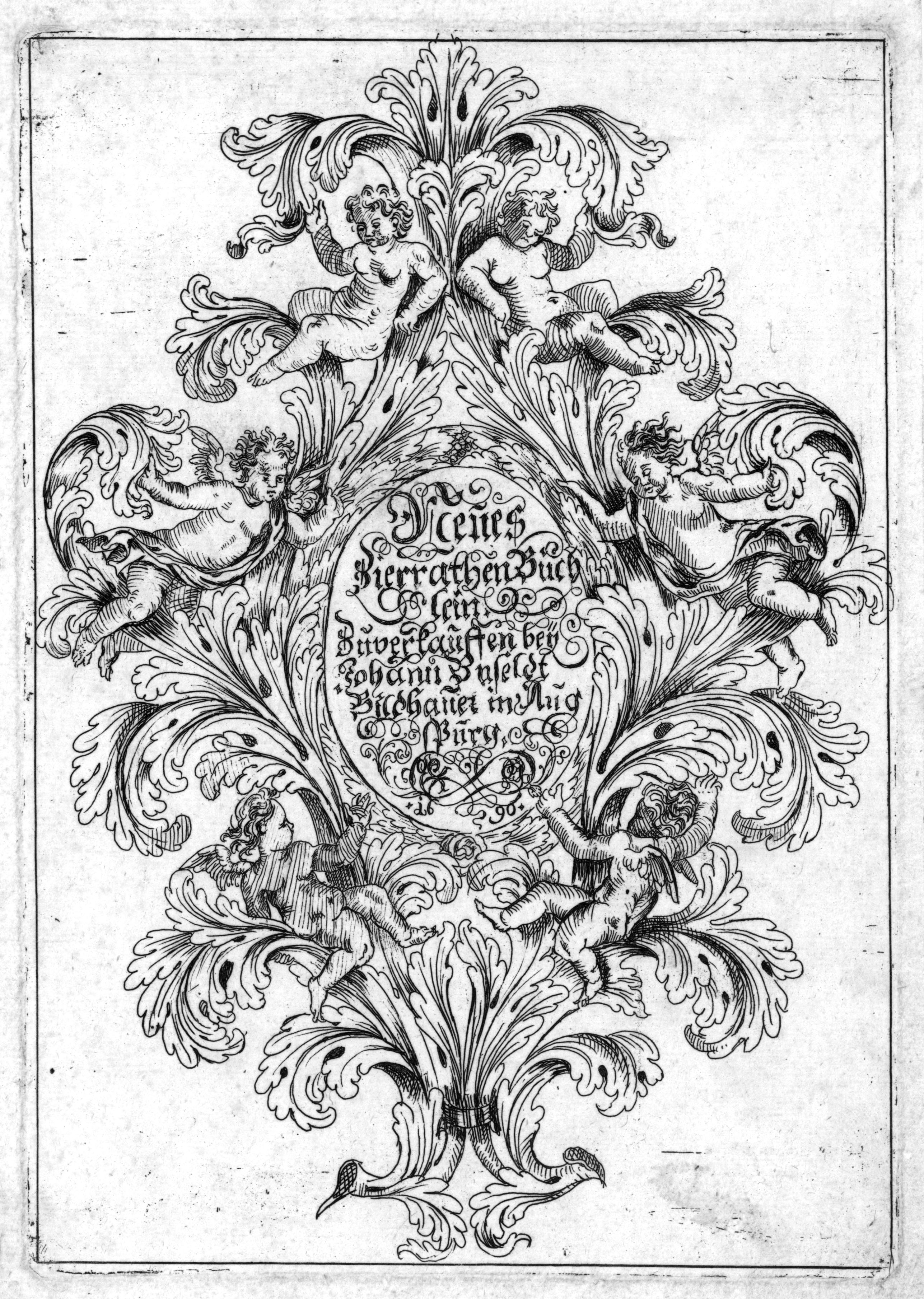CV Johannes Unselt - Clement Vogtherr

Two larger œuvres are by Johann Unselt and Johann Jacob Vogel. Unselt’s charming ornament designs for several series of etchings bring a curious mix of doors, bedsteads, frames, and sledges that may have come useful for artisans working in wood. Perhaps he himself was mainly a cabinetmaker. Vogel’s book illustrations consist mostly of mediocre portraits as well as detailed and interesting cityscapes and depictions of battles. His illustrations for Manneson-Mallet’s description of the world are perhaps his best products.
With a successful career in Rome, Georg Vidmann is an outlyer in our catalogue. A famous work connected to his name is the huge map of the Eternal City printed from twelve plates by Giovanni Battista Falda. Vidmann contributed the extensive lettering to this magnificent image proudly signing “intaglio le littere.” But he was a competent mapmaker in his own right, too, as witnessed 16 years later, in 1692, by his large prints for the Mercurio Geografico for the same publisher Giovanni Giacomo Rossi.
Published in 2023
Compiler: Dieter Beaujean
Editor: Gero Seelig
ISBN: 978-94-91539-98-5
224 pp.

